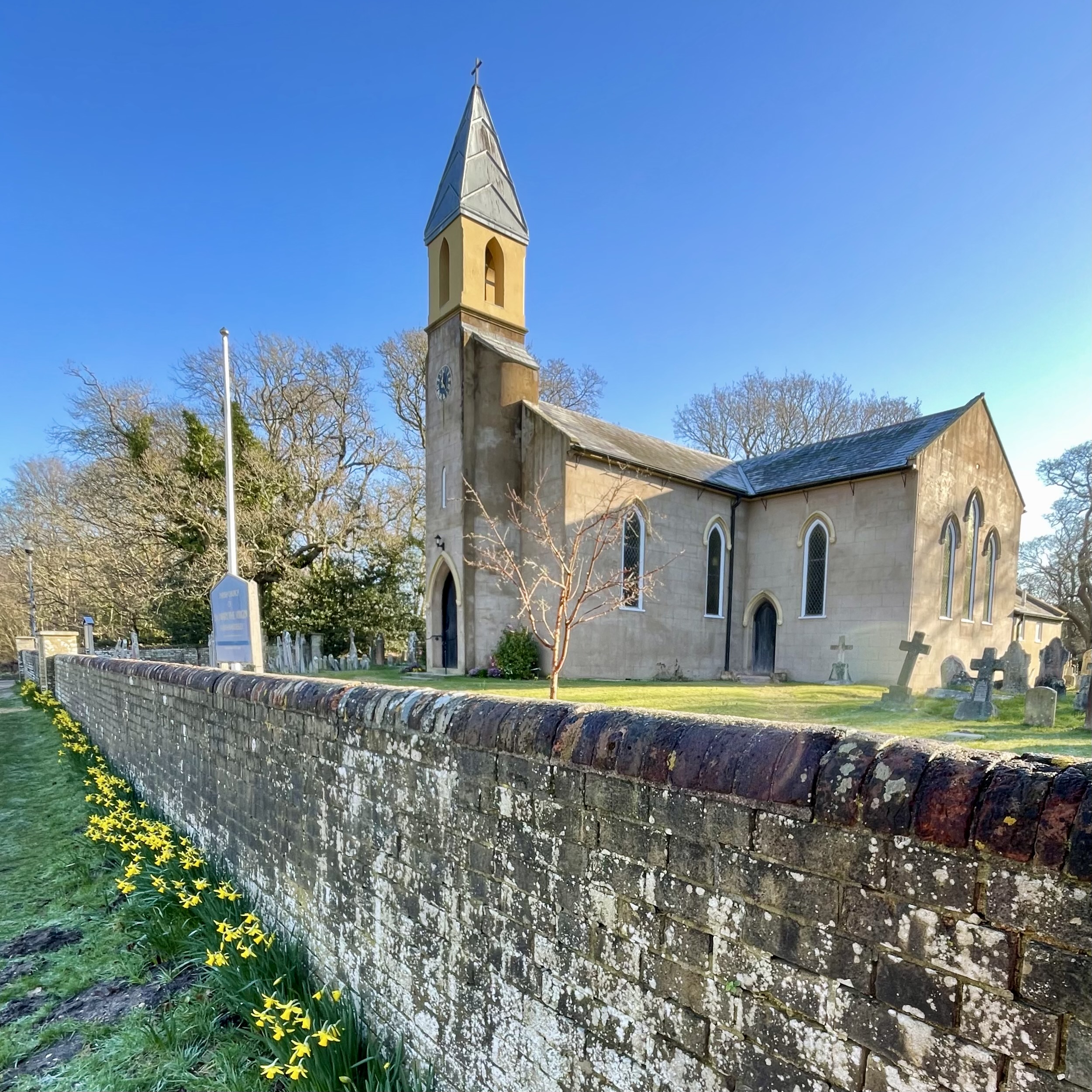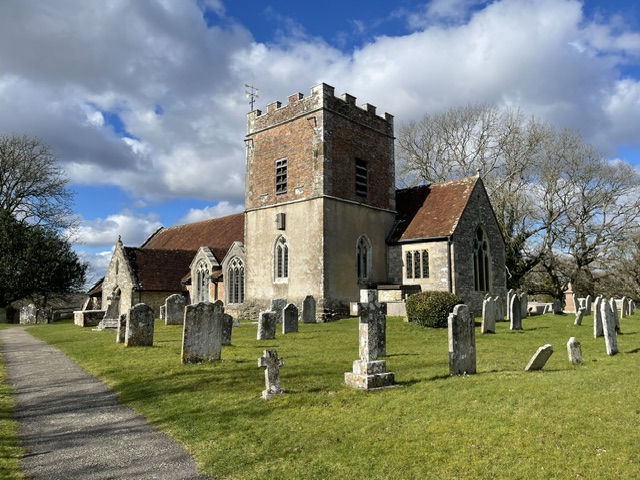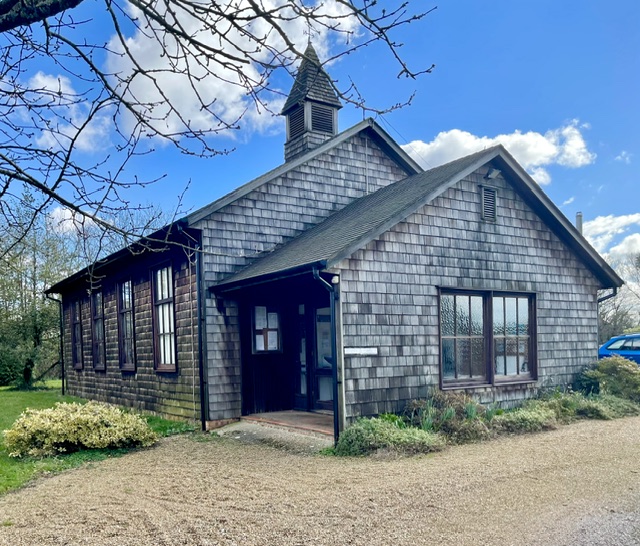Early History
The exact date of the origins of the Church of St John the Baptist at Boldre will always remain a matter for some speculation. Since there are three sarcen stones in the early foundations of the present church, it does seem at least possible that the site served as a place of worship as long ago as 2000 BC, the heyday of stone circles, long before the coming of Christianity. It has even been suggested that the choice of St John the Baptist as patron saint might have been influenced by the fact that his Festival Day falls in Midsummer, and as such was the favourite for a site converted by the Early Church to the "New Religion".
This origin may have been one reason for the church's unusual position, high on a hill and well away from any kind of village, dominating the surrounding countryside of field and wood. It is not in fact the only Forest church to be somewhat isolated, since a number of them, like Brockenhurst and Bramshaw, were placed on high ground in the centre of the large and scattered parishes they served, rather than within any one particular village.
Domesday Book & Normans
The chucrh is not mentioned in the Domesday Book of 1086, although the civil Hundred of 'Bovre' - probably a Norman corruption of "Bol Re" (plank over river) - is there, with its links with the Priory of Christchurch Twyneham. This may have been an omission by the compilers caused by the confusion over the major tax reassessments after the Afforestation, espacially as Boldre's entry is the worst page in the book. There are in fact many other instances of unchronicled Saxon churches, and Boldre may have been one of those ruined in the Norman spoilation of AD 1070. Since Boldre is mentioned in the Domesday Book as the headquarters and meeting place of the Hundred, being accessible to those coming from the west, as the first full time, as opposed to seasonal, crossing of the Boldre Water (now the Lymington River) was at Heywood Manor at the bottom of the hill, it is likely to have achieved this status partly by the importance of the church at the time. Certainly a charter of c.1100 refers to Bolra Church with its chapel of Brockenhurst. It is accepted that a church was built at Boldre by William I immediately after the Afforestation in 1079, or possibly even before, as a church of secular canons had been established in Saxon times at Christchurch and their active ministry field stretched between Poole and Boldre. In view of the acknowledged link with the Afforestation, and taking into accound all the available evidence, the church celebrated its 900th anniversary in 1987, and a commemorative plaque is to be found at the eastern end of the south aisle on the northern wall of the arch leading to the tower.
Position in the Area
For centuries Boldre was the Mother Church of the southern New Forest, a situation that dates back to the twelfth century. A Charter of Baldwin de Redvers (1140-50) confirms to Hyllary, dean of the canons at Christchurch Twyneham, the church of Bolra with its chapels of Limnetona and Brokenhurst. This confirms it as the senior church in the area - despite the Royal hunting lodge at Brockenhurst - within 15 years of the Domesday Book. Boldre had its status as a vicarage ordained between 1151 and 1172 and after the Dissolution of Christchurch Priory by Henry VIII in 1539 it obtained its own independence in 1561.
Boldre's extensive parish contained the chapelries of Brockenhurst and Lymington. These were served by curates of Boldre for many centuries, although strenuous efforts were made by Lymington to secure their own Vicar. In 1839 Sway and East Boldre were assigned their own parishes, followed by South Baddesley in 1859. Brockenhurst had achieved its own independence in 1866, but Lymington did not become legally separated from Boldre until 1869.



